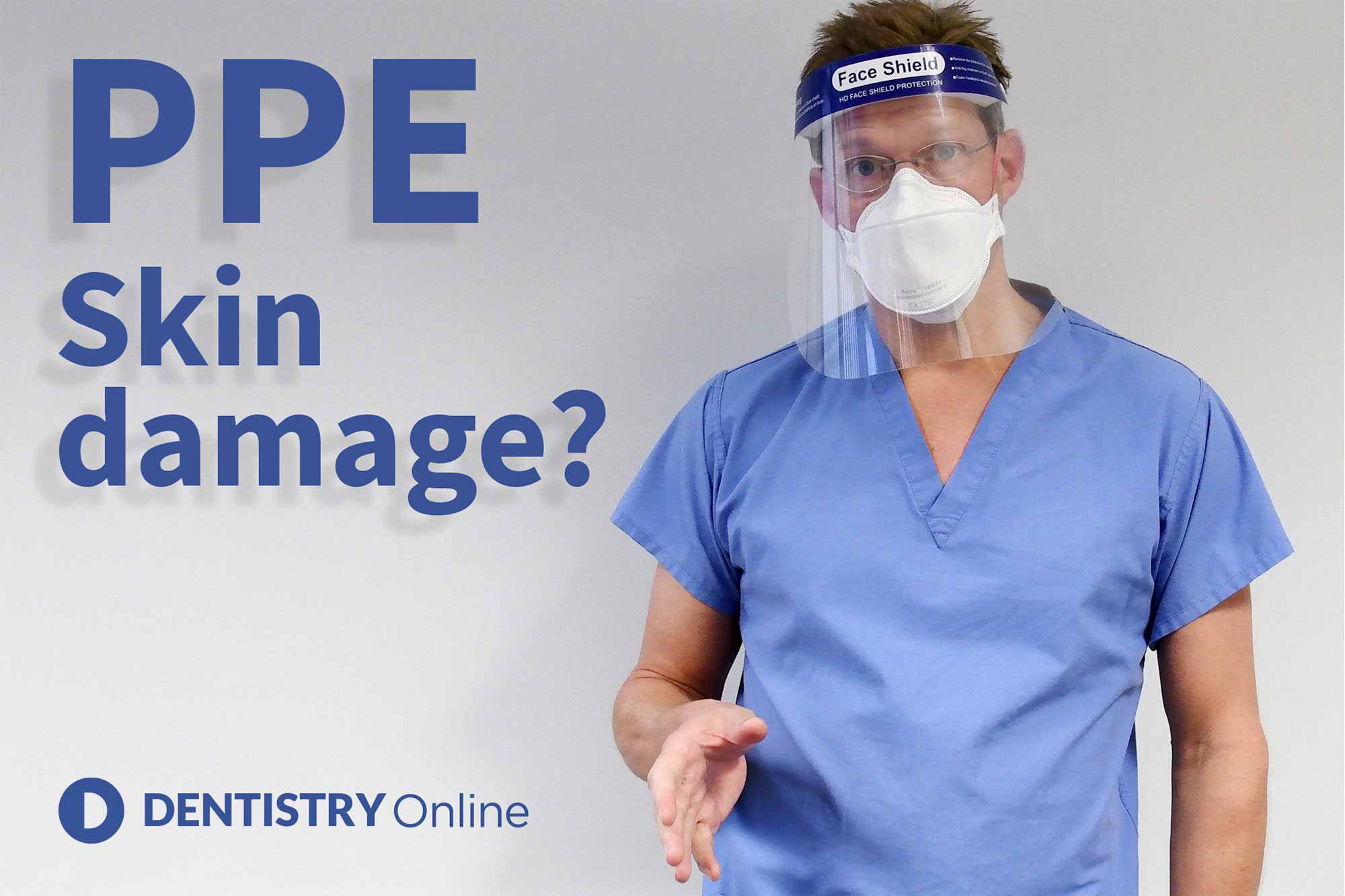 The dental industry widely deploys disposable FFP3 masks. Yet HSE guidance doesn’t recommend continuous wear of more than one hour.
The dental industry widely deploys disposable FFP3 masks. Yet HSE guidance doesn’t recommend continuous wear of more than one hour.
Disposable FFP3 masks are commonly the first line of defence against COVID-19 for high risk COVID environments. In particular AGPs (aerosol generating procedures).
Yet HSE guidance HSG53 (respiratory protective equipment at work, fourth edition, page 16) states that clinicians should only use disposable half mask-particle filters (which include FFP3 masks) for a continuous wear time of less than one hour.
The two forms of RPE (respiratory protective equipment) it recommends for use for more than one hour are powered masks and powered hoods.
The issues associated with the continuous wearing of disposable masks for more than one hour include a less reliable seal, and discomfort including pressure sores or skin damage on the face.
Powered hoods or powered air purifying respirators (PAPRs) use a fan to draw air through a HEPA filter. This creates a positive pressure of clean air within the hood. Thus removing the need to seal the hood to the face.
PAPRs are reusable and are more comfortable for long-term use, as they do not form a direct seal to the face.
They also have the added benefit that the visor does not suffer fogging and there is no rebreathing of air.
The NHS even developed a PAPR in collaboration with the University of Southampton, called the Perso, which was fast tracked for NHS usage. It has recently received HSE approval for use in the dental industry.
FFP3 masks alternative
There are some considerations to take into account with the use of PAPRs within the dental industry.
The turbo (filter/power) unit can sometimes interfere with the backrest of a seat. Although some dentists choose to work with the turbo unit resting on a nearby surface.
Some PAPRs are noisier than others. Using a hood exposing the ears helps reduce the noise transmission through the breathing hose and improves communication.
Although clinicians can wear most loupes underneath a PAPR hood, loupes with an external light sometimes do not fit. And unfortunately manufacturers cannot adapt the visors without compromising the protection.
However, all things considered for dental applications, PAPRs appear a better form of PPE to use against COVID-19, when compared with disposable face masks.
More and more dentists are reporting successes in the use of PAPRs. They benefit from higher levels of comfort over longer periods of use. They also experience quick recovery of the upfront costs. Particularly when considering the ongoing capital and environmental costs of disposable face masks.
Follow Dentistry.co.uk on Instagram to keep up with all the latest dental news and trends.


